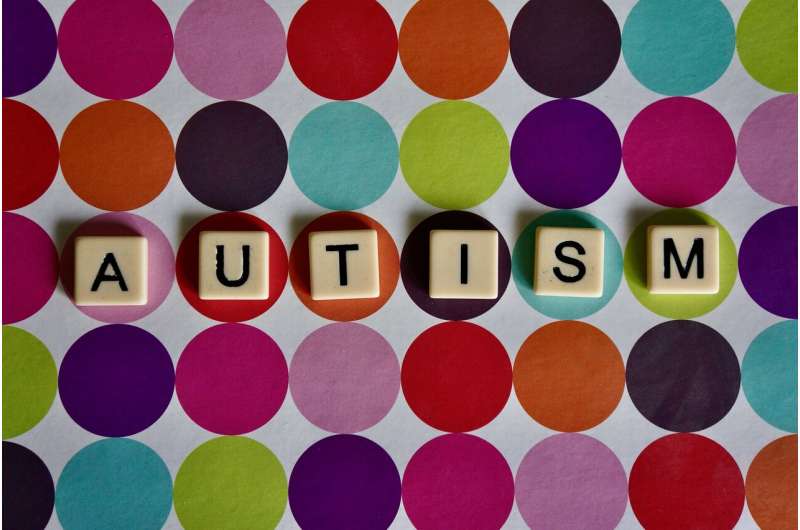Risks of Bird Flu Transmission via Air and Wastewater on Dairy Farms

New research reveals that bird flu can spread through air and wastewater on dairy farms, increasing risks for animals and workers. Learn about the emerging transmission pathways and safety measures.
Recent research indicates that the bird flu virus, known as H5N1, may spread among dairy cattle through airborne particles and contaminated wastewater on farms, extending beyond the previously believed modes of transmission such as direct contact and equipment contamination. A preliminary study conducted across 14 dairy farms in California—where bird flu outbreaks occurred in late 2024 and early 2025—found evidence of live virus in the air within milking parlors and enclosed milking areas, as well as traces of the virus in cow breath, water sources, and equipment surfaces. These findings suggest that aerosols generated during milking, along with milk droplets in the air, could facilitate virus spread even among asymptomatic cows, which might be silently infected. This poses risks not only to herd health but also to farm workers, who may be exposed through splash, contact, or inhalation of contaminated droplets. The virus has currently infected over 1,000 herds across 17 states, including California, according to U.S. Department of Agriculture data, and has caused infections in humans, including hospitalizations and a fatality. Infected milk, especially from sick animals, becomes thick and yellow, and the use of milking machines—rapidly moving from one cow to another—could inadvertently spread the virus. The study underscores the importance of protective measures, such as face shields and masks, in farm settings. Experts warn that if the virus continues to circulate silently within herds, there could be increasing human infections and potential future health risks. While most current human cases have been mild, vulnerable groups like children and immunocompromised individuals may face severe illness. As bird migration resumes, the risk of further spread emphasizes the need for heightened awareness and biosecurity on farms. The research, posted as a preprint on bioRxiv, calls for ongoing monitoring and improved preventive practices to mitigate the threat of bird flu transmission in agricultural environments.
Stay Updated with Mia's Feed
Get the latest health & wellness insights delivered straight to your inbox.
Related Articles
FDA Approves Essilor Stellest Lenses to Help Young Children Manage Myopia
The FDA has approved Essilor Stellest eyeglass lenses for children aged 6-12 to help slow myopia progression and improve eye health during critical growth years.
'Eye-on-a-chip' Uncovers Mechanism Behind Steroid-Induced Glaucoma
Cornell researchers have unveiled a cutting-edge 3D eye-on-a-chip model that identifies how steroids can trigger glaucoma by disrupting eye fluid drainage, opening new pathways for targeted treatments.



